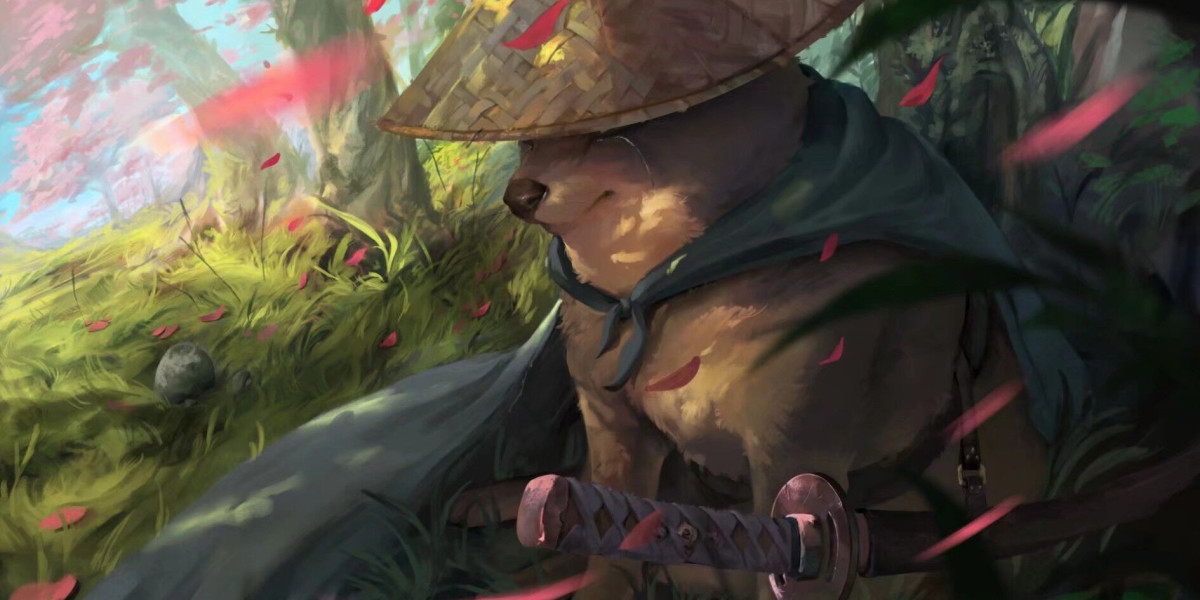Unlocking the Magic: Discover How AI Transforms Text into Stunning Visuals!
In recent years, AI text-to-image generators have surged in popularity, captivating artists, marketers, educators, and tech enthusiasts alike. These innovative tools transform written descriptions into vivid images, opening up a world of possibilities for creative expression and visual communication. Understanding how these systems work is essential, as they not only revolutionize artistic endeavors but also reshape industries by enhancing marketing strategies and enriching educational materials. As we delve into the mechanics of AI text-to-image generation, we will uncover the fascinating synergy between technology and creativity, and its profound impact across various fields.
Understanding AI Text-to-Image Generators
At the heart of AI text-to-image generators lies a combination of natural language processing (NLP) and deep learning algorithms. These systems are designed to interpret textual input by breaking down the words and phrases into a format that can be understood and processed computationally. NLP enables the AI to grasp the nuances of language, such as context and emotion, while deep learning allows the model to analyze vast amounts of data to generate images that align with the provided text. Through techniques like convolutional neural networks (CNNs) and recurrent neural networks (RNNs), these systems learn to associate specific words with visual features, allowing them to create stunningly accurate representations of the input text.
The Process of Image Generation
The journey from text to image is an intricate process that involves several key steps. First, the user inputs descriptive text into the AI system. This data then undergoes preprocessing to extract relevant features and context. Once the text is prepared, it is fed into a neural network, which has been trained on a diverse dataset of images and captions. The neural network processes this information, identifying patterns and relationships between the text and visual elements. Finally, the AI generates an output image that visually represents the input description. The quality of the generated image heavily relies on the training data used; a rich and diverse dataset leads to more accurate and visually appealing results. This complexity highlights the significant role of machine learning in refining and improving the capabilities of AI text-to-image generators.
Applications of AI Text-to-Image Generators
AI text-to-image technology has found its way into various sectors, each utilizing its capabilities in unique and impactful ways. In advertising, companies leverage these generators to create captivating visuals for campaigns, allowing for rapid prototyping and iteration of ideas. The entertainment industry uses AI-generated images for concept art, storyboarding, and even promotional materials, streamlining creative processes. In education, these tools can illustrate complex subjects, making learning more engaging and accessible for students. Additionally, personal creative projects have been revolutionized, with individuals using AI text-to-image generators to visualize their ideas, whether it’s for writing, gaming, or artistic endeavors. Each application showcases the versatility and potential of this technology, transforming how we approach creativity and communication in the modern world.
Impacts on Creativity and Innovation
AI text-to-image generators are not just tools; they are catalysts for creativity and innovation. By enabling users to visualize concepts that may be difficult to articulate, these generators foster a new form of creative exploration. For instance, a friend of mine, an aspiring writer, found it challenging to depict a scene from her novel. After experimenting with an AI text-to-image generator, she was able to visualize her ideas in a way that sparked further inspiration and enriched her storytelling. This technology encourages collaboration between humans and AI, allowing creators to push boundaries and explore new artistic territories. As we continue to integrate AI into creative processes, the potential for groundbreaking ideas and projects expands exponentially.
Future Implications of AI in Creativity
In summary, AI text-to-image generators represent a remarkable intersection of technology and creativity, offering a glimpse into the future of visual communication. By understanding how these systems function and recognizing their diverse applications, we can appreciate their impact on various industries and individual projects. As the technology continues to evolve, the possibilities for innovation and creative expression will only broaden, promising exciting developments for artists, marketers, educators, and anyone eager to bring their ideas to life visually. The journey of transforming text into stunning visuals is just beginning, and its implications will undoubtedly shape the future of creativity.




